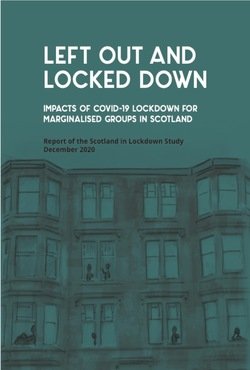By Earl Collison
Football has existed as a popular sport in Britain and the world for several centuries. The game has evolved from a violent rural participant sport into a global entertainment with thousands of amateur and professional teams vying for national and international honours. Since 1960 a 'new' phenomenon 'football hooliganism' has become a 'moral panic' amongst the media and the public. Crowd violence at football matches has become a major social concern. Various explanations have been presented to explain football hooliganism, but none of these explanations have been completely satisfactory. Football crowd violence is not a new phenomenon, it has existed in a evolving relationship with football since the sport's inception. The modern problem is a media created moral panic over a long established human condition namely collective crowd behaviour. Although many explanations have been offered to explain and solve football hooliganism, none has attempted a detailed investigation of football crowd violence through theories of collective behaviour. Collective behaviour offers a viable alternative explanation for the causes of football crowd violence. Using Neil Smelser's value-added theory and building block approach, football crowds are analysed to determine the factors that contribute to football hooliganism including: social stress in Scottish society including religious intolerance and class influences, the football crowd structure, the media, the police, and factors leading to violence. The results offer an explanation of the specific structure required to create violence which in turn indicates how violence can be controlled. Football is unique in that the crowd is triangular in nature since it consists of two opposing support groups and the police. Each Saturday these three groups are in confrontation with each other on the terraces while two teams play football, but only in rare instances does actual violence occur. As a result of the analysis of football crowds through the value-added theory of collective behaviour, conclusions are drawn which indicate that steps can be taken in the wider society and by the police to reduce the possibility of football crowd violence. The focusing of support group attention on the opposition support is vital to crowd violence. The police are generally able to restrict crowd violence by disrupting this focusing process. Although collective violence can never be totally controlled, the non¬ violent ritualised behaviour on the terraces can be maintained while at the same time reducing the possibility of collective crowd action. This can be achieved by altering police activities, reducing social stress in the community, and altering preconceived ideas of individual who attend matches.
Edinburgh: University of Edinburgh, 1988. 354p.




